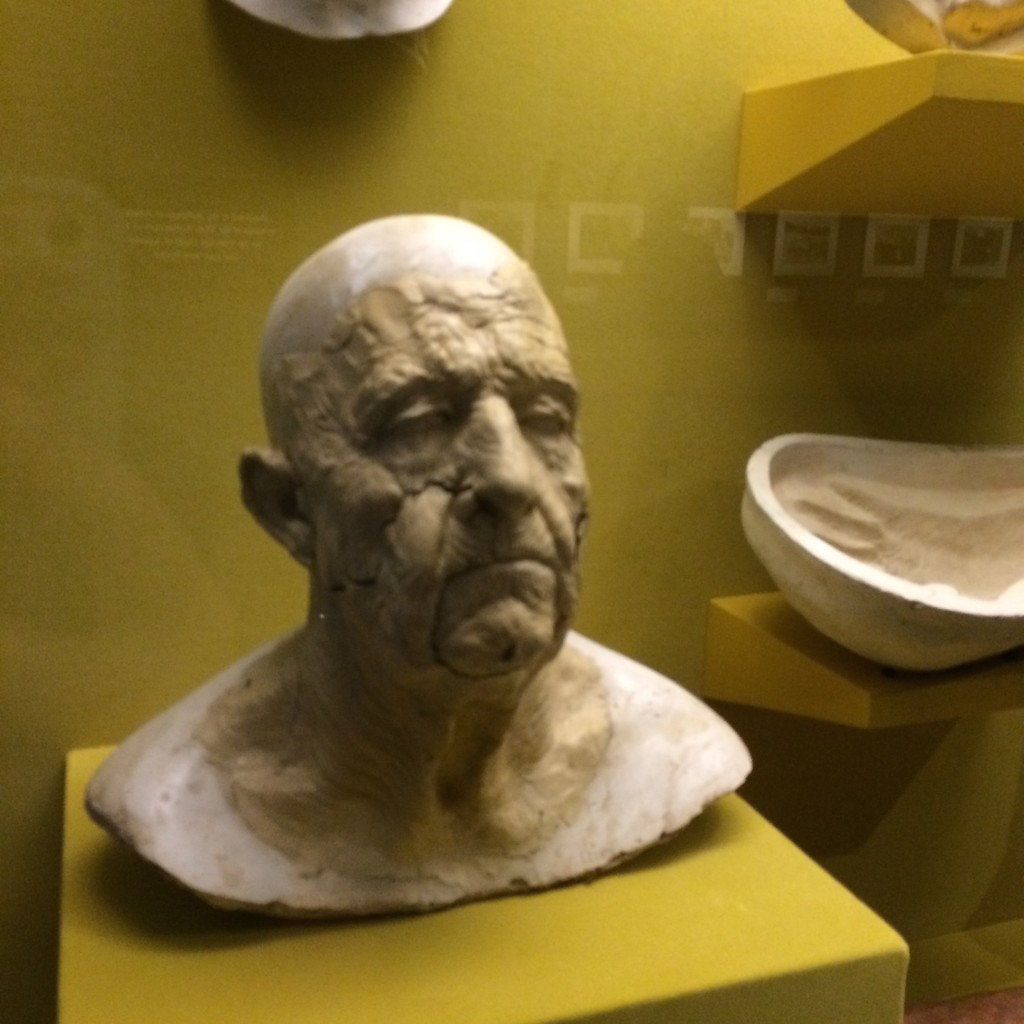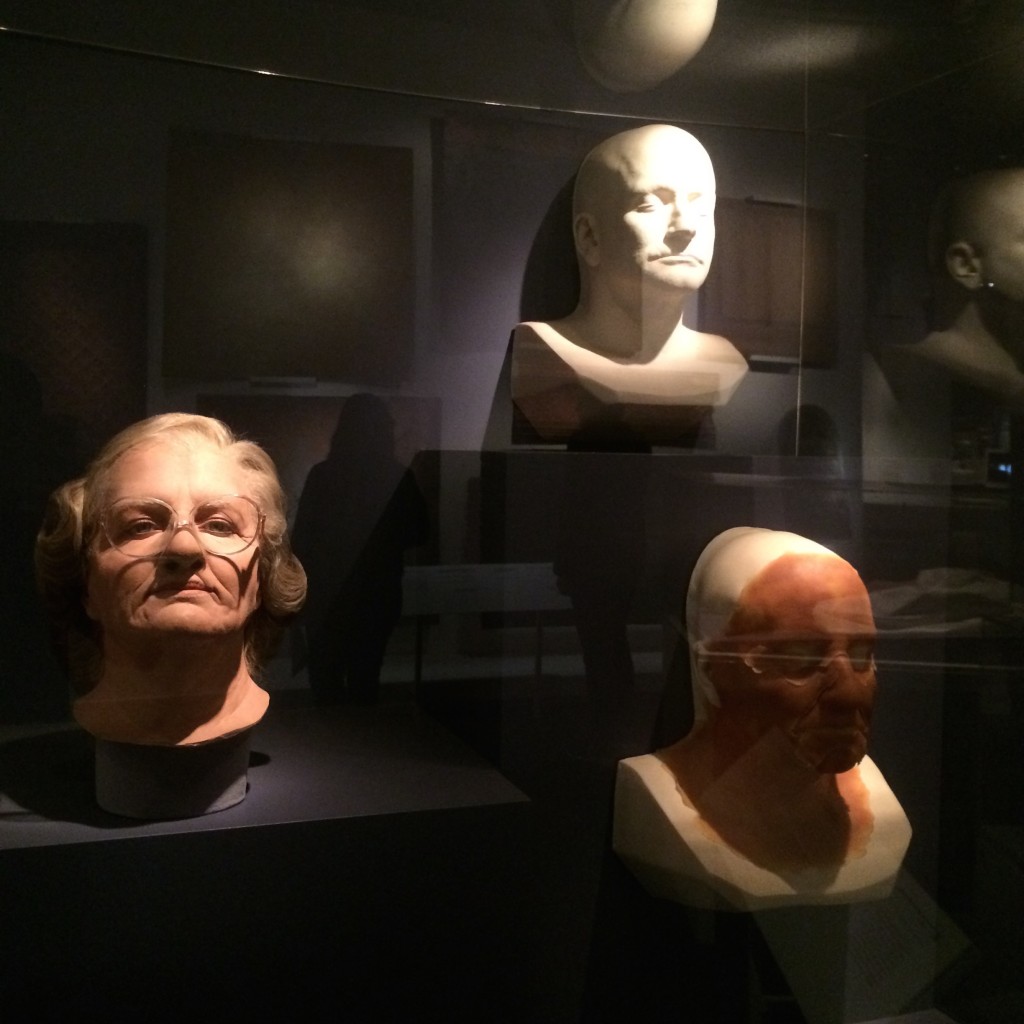two things that resonated with me:
one of the exhibits that stood out most to me was the special effects room, where sculptures and costumes were displayed. for a while now, perhaps since the beginning of high school, i’ve been fascinated by special effects, and (no shame) i’ve watched most, if not all the lord of the rings appendices, which are hours long and basically document the concept art and the logistical process of creating Tolkien’s universe. just being in that room with all those face forms and sculptures was really kind of surreal. this dream of mine, to work on a movie set like LOTR and do concept art and work with creating props and sets has been a long time coming.
another exhibit that stood out to me was the station that enabled museum-goers to create their own stop motion animation by using cut outs and a camera, attached to a timer. i had just started my own stop motion project in time class that week, so the complexity (or simplicity, depending on how you see it) of the contraption used to stitch the individual images together was pretty incredible. the station at the museum had some software that would put all the images together almost instantaneously, but my own process with premiere at the time (and still is) an arduous, mind-numbing one. through the constant stream of video projects and this museum experience, i have an even greater appreciation and admiration for animators and video content creators.
what is the persistence of vision?
persistence of vision refers to the optical illusion that occurs when images blend into each other, giving the brain the impression that separate images are a continuance of each other, creating a video or moving image of sorts. consequently, this gives the viewer the impression that images are moving, because the brain retains visual memory for a certain, albeit brief period of time.

